MercoPress. South Atlantic News Agency
Tag: fracking
-
Friday, September 23rd 2022 - 10:10 UTC
England announces pause in “fracking moratorium” to bolster energy security
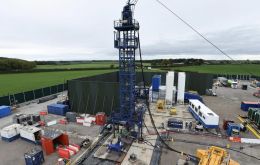
The UK government on Thursday lifted England's moratorium on the fracking process to extract oil and gas, saying the move aims to shore up energy security as Russia cuts gas deliveries amid tensions over its invasion of Ukraine and the intensification of the war.
-
Friday, February 5th 2021 - 12:39 UTC
Argentine oil and gas activity picking up in Vaca Muerta shale deposits
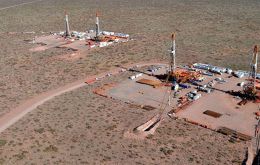
Fracking activity in Vaca Muerta, Argentina shot up in January to its highest level in 17 months, according to the Argentine unit of Houston-based services company NCS Multistage.
-
Wednesday, February 14th 2018 - 16:28 UTC
Clean Oil That Only Costs $20

The United States is in the midst of an energy revolution.
Oil production has risen by 5 million barrels per day (bpd) since 2010, an increase of nearly 100 percent. New technology, particularly techniques in shale oil drilling, has opened up vast new opportunities for oil and gas companies. -
Thursday, June 23rd 2016 - 13:22 UTC
German coalition bans fracking for shale gas indefinitely, but with parliament reassess in 2021

Germany's coalition government agreed this week to ban fracking for shale gas indefinitely after years of fractious talks over the issue, but environmental groups said the ban did not go far enough and vowed to fight the deal. Test drilling will be allowed but only with the permission of the respective state government, officials said.
-
Wednesday, May 25th 2016 - 07:02 UTC
UK tremor: North Yorkshire approve fracking operations
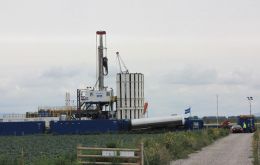
The first fracking operation in the UK since 2011 earthquake scares has been approved by North Yorkshire councilors, stirring a fresh debate on the benefits and risks of the controversial gas extraction method. Councilors granted permission to UK firm Third Energy to use hydraulic fracturing, or fracking, at an existing drilling site near the village of Kirby Misperton.
-
Tuesday, January 6th 2015 - 07:41 UTC
US oil price falls below 50 dollars threshold, and markets decline sharply
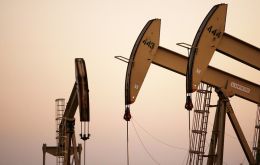
The US oil price fell below the symbolic threshold of $50 a barrel for the first time since April 2009, before finishing the day at $50.05. The price of Brent crude also fell on Monday, dipping 6% to $53 a barrel.
-
Wednesday, November 26th 2014 - 06:48 UTC
Follow the sand to the real fracking boom
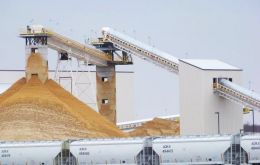
When it takes up to four million pounds of sand to frack a single well, it’s no wonder that demand is outpacing supply and frack sand producers are becoming the biggest behind-the-scenes beneficiaries of the American oil and gas boom.
-
Wednesday, July 30th 2014 - 01:34 UTC
UK to encourage extraction of natural gas and oil from shale rock to help with declining production

The British government plans to make more land available for licensing for oil and natural gas exploration in the first such expansion since 2008. The move, which had been anticipated by the oil and gas industry, could prove to be a milestone in efforts by the government of Prime Minister David Cameron to encourage the extraction of natural gas and oil from shale rock.
-
Saturday, May 24th 2014 - 00:37 UTC
The California shale bubble just burst
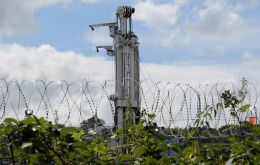
The great hype surrounding the advent of a shale gas bonanza in California may turn out to be just that: hype. The U.S. Energy Information Administration (EIA) – the statistical arm of the Department of Energy – has downgraded its estimate of the total amount of recoverable oil in the Monterey Shale by a whopping 96%. Its previous estimate pegged the recoverable resource in California’s shale formation at 13.7 billion barrels but it now only thinks that there are 600 million barrels available.
-
Wednesday, January 15th 2014 - 07:11 UTC
New EPA rule requires chemical disclosure for offshore fracking

By. Nick Cunningham of Oilprice.com - The U.S. Environmental Protection Agency published a rule on January 9, 2014 requiring oil and gas companies using hydraulic fracturing off the coast of California to disclose the chemicals they discharge into the ocean. Oil and gas companies have been fracking offshore California for perhaps as long as two decades, but they largely flew under the radar until recently.
